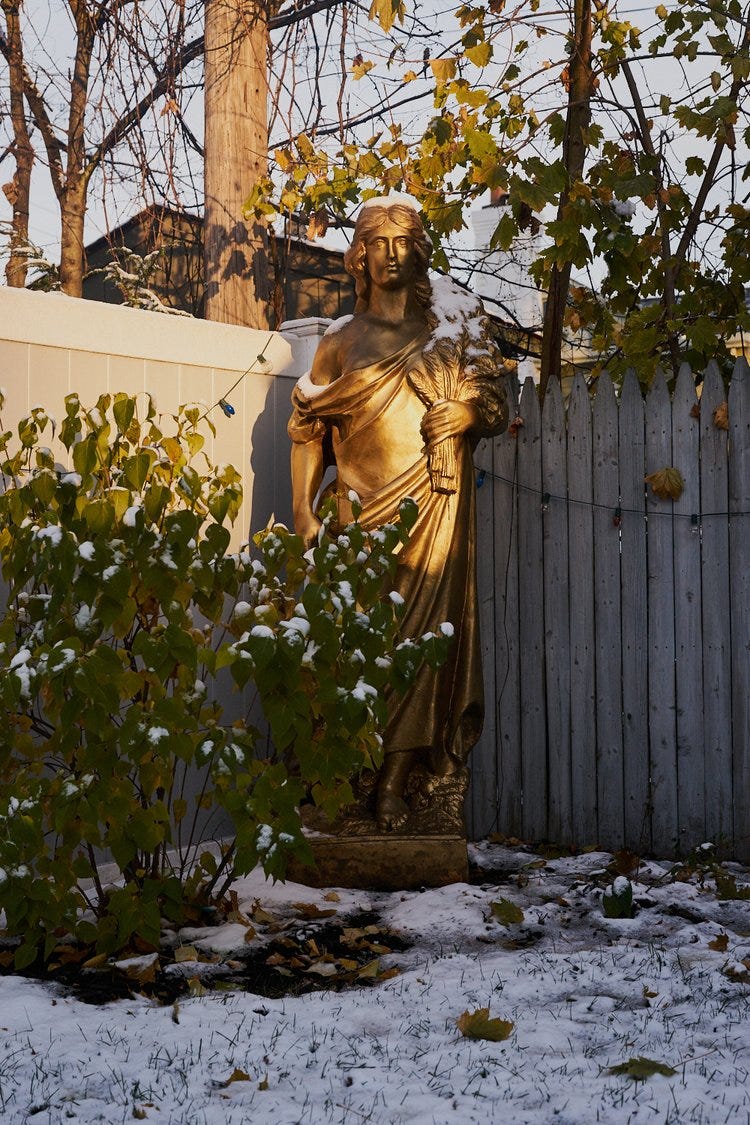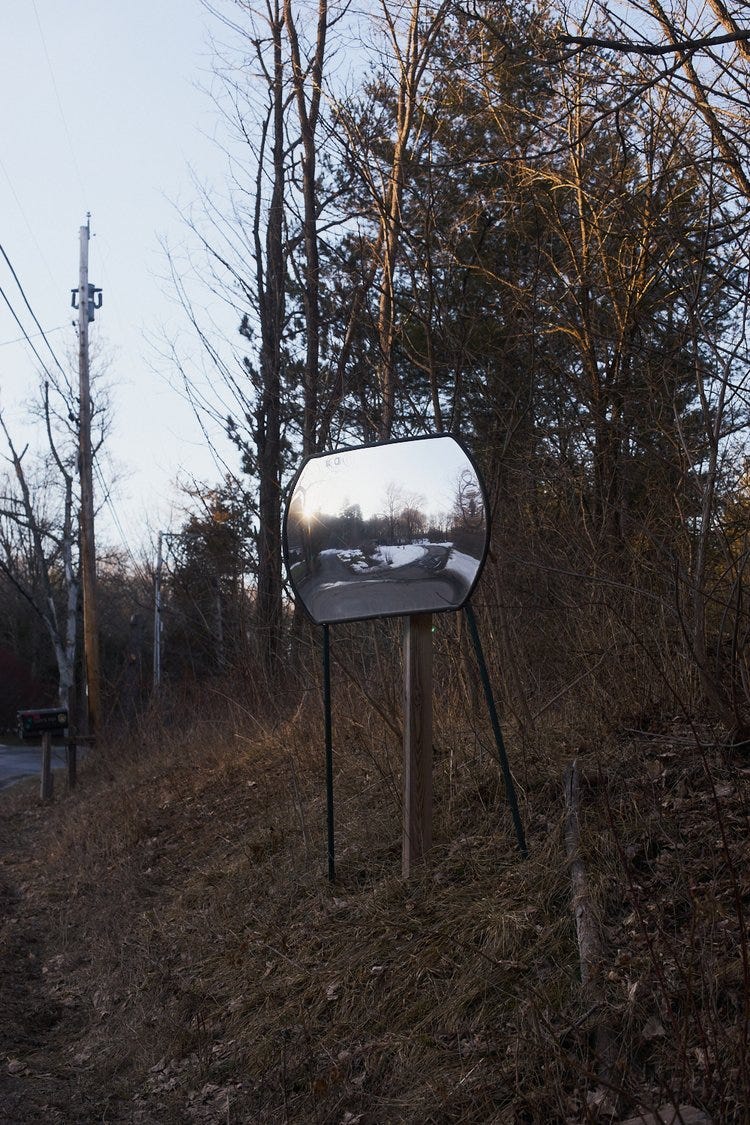Precious Time
A SETTING SUN VOL V by Gregg Evans [ KGP | Monolith, 2024 ]
Time, and our perception of it, is perhaps the greatest mystery of existence. How we judge the value of our lives in relation to time, which is constantly slipping into memory–is the animating principle behind “A Setting Sun V” by Gregg Evans, which plays random images against the metaphor of a day as the measure of a life.
We are born at dawn and die somewhere between dusk and midnight. The setting sun is not the end but is an augury of its imminent arrival. The images that we retain are the ones that matter. Many such moments make up a life, and despite their utter normalcy, they may also be very dear to us. We’ve become a people for whom the images we collect are who we are.
It’s said that a picture is worth a thousand words. What’s meant by that very trite expression is not that language is any cheaper than images, but that images can have myriad connotations, while the main directive of language is to be succinct, and this doesn’t always serve all images equally. Photographic images in particular are a means of documenting experience, but they can also be used as clues to a long and mostly undescribed story with many gradients. What the photograph does is reveal the outermost layers of reality, in some cases imposing an intended narrative. Gregg Evans does this with just the title of his book.
An exurbia construction site and parking lot…An ancient ruin in Dublin, Ireland, flying a single flag…An old glass beer bottle standing dirty on a porch wall…Layers of shale rock at the edge of a raging river…The Epcot Center seen through verdant trees…A snowy mountain range in Greenland…Two butterflies mating in a field of high grass…Icicles melting…A hand-scrawled calendar on a refrigerator door
Language is our usual safety valve on a volume of impressions that even if falling within the mundane are overwhelming in their portent. The ability to describe an image with a short sentence does not mean that’s all it contains. An image is not the recording of a moment, but an archive of memory. It contains, as Walt Whitman once said of himself, multitudes. Fifty three such images comprise this slim but powerful volume, a cascade of images that make up a serial narrative with diverse options for interpretation.
Yet not everything that infers meaning can be contained in an image, even for a photographer. Ideas are experienced everywhere. They have to be reproduced in their purest form, which in these instances, is language found on the internet or in books. They emerge into the perception of the images as a cumulative end result. Carbon dating, link rot, and the instance of changing the perception of a thing by calling it something other than it really is, these are all experiences of perception that connect each of us to time, to history, and to no-history. Evans mixes in a few pages of oblique text that lend degrees of meaning to the experience of the book itself. They operate as quizzical interruptions in the flow of pure imagery
How many moments combine to form the grist of engaged experience in the space of a single day? Many, certainly. The timeliness of such encounters accrues generative meaning. The experience provided in this book is similar to what might be expected in a gallery exhibition. In book form these experiences take on an immediacy that’s disarming. The image is taken, but never completely captured. The moment is stilled, but yet it moves in time. No artful experience that I’ve had was ever lost to me. Like any memory, it can fade, but its redolence persists. Reading Gregg Evans’ book has filled me with a history of encounters that will not easily be forgotten.





